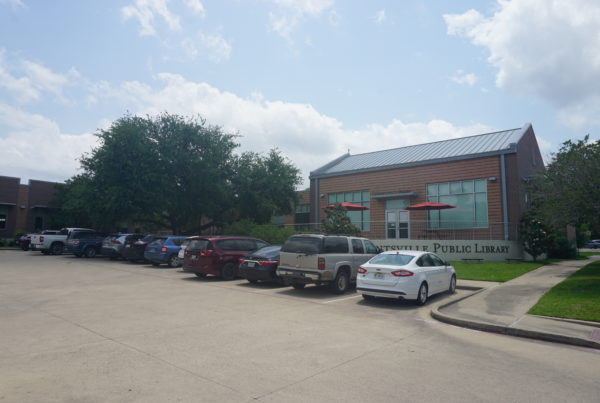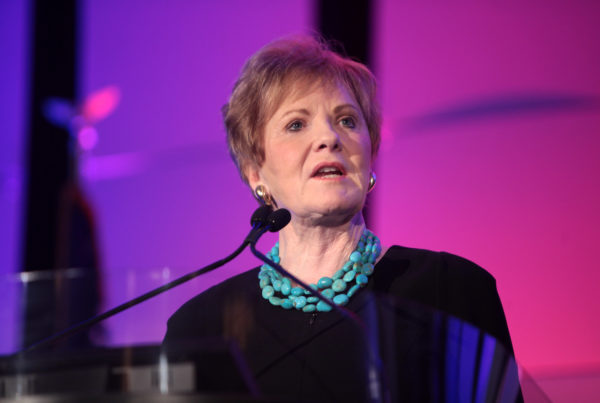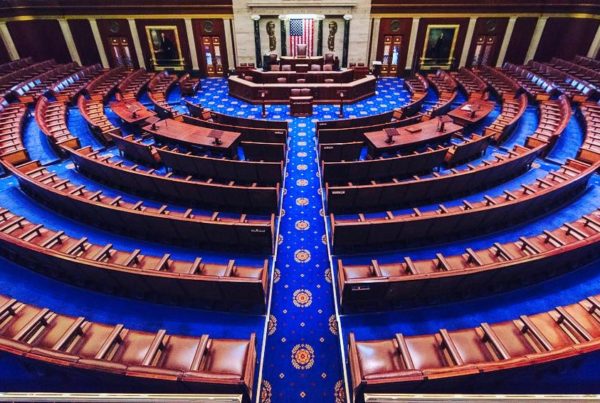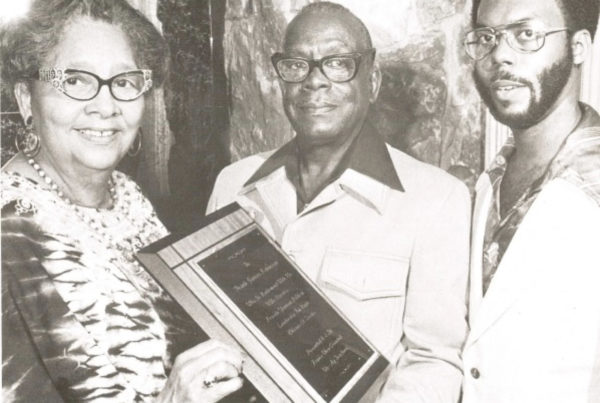From El Paso Matters:
Plans to build a controversial performing arts and entertainment center in the Duranguito neighborhood in Downtown El Paso were abandoned Tuesday by a new-look City Council that voted to scrap the original plan.
City Council voted 4-3 after an at-times heated debate, an hours-long executive session and more than 80 public comments to approve reallocating remaining bond funds from the embattled Downtown arena toward renovating or upgrading existing city facilities.
City Reps. Alexsandra Annello, Joe Molinar and newly elected city Reps. Chris Canales and Art Fierro voted in favor of scrapping the current Downtown arena plans. City Reps. Cassandra Hernandez, Henry Rivera and Isabel Salcido voted against it.
City Rep. Brian Kennedy abstained. He did not give a reason for the decision to not vote on the arena items.
But after the meeting, Kennedy sent a statement to El Paso Matters that said he acted on the advice of the city attorney because he has served as a paid consultant to the El Paso Sports Commission, his former employer, which runs the El Paso County Coliseum. The proposed arena would have competed with the coliseum for events.
Kennedy, Fierro and Canales were elected into office in December and were sworn in Monday morning, just before the day’s meeting started. All three had campaigned on opposing the Downtown arena plans.
The item approved calls for reallocating remaining bond funds – about $155 million – from the stalled Downtown arena toward renovating or upgrading existing city facilities. It also calls for the buildings within the site in the Duranguito neighborhood in the Union Plaza area, which have been at the center of a years-long legal battle, not be condemned or demolished.
City representatives had a heated discussion following a closed-door executive session that lasted close to three hours.
Hernandez made several attempts to persuade her fellow council members to delay the vote and recommended returning to council in March after study findings were presented to the community.
“There is no other plan today that’s going to preserve these historic buildings in this footprint, other than the Gensler one and so I would plead again to this council, if we can have that time to public vet any legal challenges,” Hernadez said. “There are greater things that we understand that could have serious implications to the taxpayer.”
Her proposed motion failed 4-3. Annello, Molinar, Canales and Fierro voted against it. Hernandez, Salcido and Rivera voted in favor. Kennedy abstained from voting.
“My thing is, this has been over 10 years – 10 years – I really don’t believe 90 days is going to make a difference,” Molinar said.
Canales said building the project in 2012 was not a bad idea based on interest rates and inflation at the time.
“I think what made the MPC project more and more difficult over time, was the ultimate selection of the site,” he said. “Put frankly I think Duranguito is a bad location for this project. Even if the council ultimately decides to persist with the project, I will oppose personally locating the construction at the Duranguito location.”
Prior to voting on the item to change the project, the city heard a presentation on the “pre-final” findings of a feasibility study done by the San Francisco-based M. Arthur Gensler & Associates, Inc. architectural firm.
The study showed options for how an arena could be built within the existing site as either a hybrid venue with indoor and outdoor seating, or a traditional arena. Estimated costs depending on the seating and type of venue was between $143 million to $416 million.
The firm also presented options for ways to incorporate some of the existing buildings that may be eligible for historic designations and estimated it would cost about $30 million to renovate them.

Contractors hired by the city knocked a hole in the exterior wall of the Flor de Luna building in the Duranguito neighborhood in 2017.
Corrie Boudreaux / El Paso Matters
The discussion drew more than 80 comments from people speaking both in favor and against changing the Downtown arena plans. Among those who spoke were former Mayor John Cook, El Paso County Commissioner David Stout and former state Sen. Jose Rodriguez.
Some speakers like Graciela Blandon urged the newly sworn-in representatives to take a stand on changing the future of the project and offered a “humble piece of advice.”
“I want to remind this council that this vote is one of the first key moments in your time as public servants,” she said. “A good leader knows when to give up. I love concerts. Me and my friends – we are the fabled ‘young people’ that everyone has been referring to and I’m telling you it’s not worth it.”
Joe Gudenrath, executive director of the El Paso Downtown Management District, asked the City Council to vote against abandoning the project, or at least delay it. He said, in part, the community has made a lot of progress, but has a long way to go.
“Lead our community forward, not backwards,” he said. “Listen and work with all of us and continue a vision and transform this community for the betterment of all El Pasoans.”
Andrea Hutchins, president and CEO of the El Paso Chamber who wrote a column expressing concern that the community was not ready to participate in the discussion of changing the Downtown arena plan, said she is a proponent of historic preservation, but also a staunch advocate for economic development.
“It is easy to say no to progress, saying no is comfortable and it involves no risk. Unfortunately, it also robs future generations of their right to enjoy the investments made by generations before them,” she said.
Max Grossman, who has been leading the legal battle against the city who also wrote a column in response to Hutchins, said during public comment that there has been ample time for community input.
“El Pasoans are very uncomfortable with eminent domain, displacement and mass demolition of cultural assets for an entertainment project,” he said, in part, adding that is the reason the community is opposed to the project.
How we got here
El Paso voters overwhelmingly approved a $228 million quality of life bond proposition in 2012 that included $180 million for a multipurpose cultural and performing arts center.
In 2016, the city issued a request for qualifications for “a mid-sized arena with a target capacity of 15,000 seats for basketball games.” The prior City Council also voted to build it in the Duranguito neighborhood located in the Union Plaza area of Downtown the same year.
But the project was quickly stalled by litigation that started in 2017 – not long after the Duranguito site was selected and plans to build a 15,000 seat arena surfaced through the initial request for qualifications.
The legal opposition has been largely spearheaded by Grossman and Houston preservationist J.P. Bryan. Bryan is funding the legal challenges against the city.
Grossman, a University of Texas at El Paso art history professor who has been active in historic preservation efforts, maintains that the site and buildings in Duranguito have historic value and should be preserved. The city has spent at least $3.3 million on the ongoing litigation.
Amid the legal battle several buildings were damaged in 2017 by demolition crews hired by the former owners of some of the properties. The area was later fenced in and the damaged buildings have been deteriorating since.
There had been minimal development of the Downtown arena project in the years it has been bounced around Texas courts.

The city government has closed off the Duranguito neighborhood in Downtown El Paso as legal and political fights continue. Robert Moore / El Paso Matters
That changed in late 2021 when the City Council approved a directive to instruct staff to safeguard the buildings, determine the cost of the project and incorporate existing buildings into the design. Staff was also directed to explore a possible settlement in the longtime legal battle over the arena site.
Safeguarding buildings, new study solicited
The effort to safeguard the damaged buildings was bounced around multiple times in early 2022 – at one point being scrapped – before any action was taken to secure them.
In January 2022, City Council made a push to move forward with getting cost estimates for safeguarding the buildings from winter weather and potential fire damage, but city staff did not have recommendations at the time.
Talks on the buildings continued, but the efforts were abruptly dropped in February.
City Council voted to approve about $29,000 in funding to secure two buildings that were damaged within the Downtown arena project site that March – five months after the initial directive was given to city staff. The two buildings that were safeguarded were the Chinese Laundry located at 212 W. Overland and the Flor de Luna Building at 300 W. Overland.
Work to stabilize the buildings included protecting the roof of the Chinese Laundry and sealing the large hole in the front of the Flor de Luna building with bricks. The work was done in June.
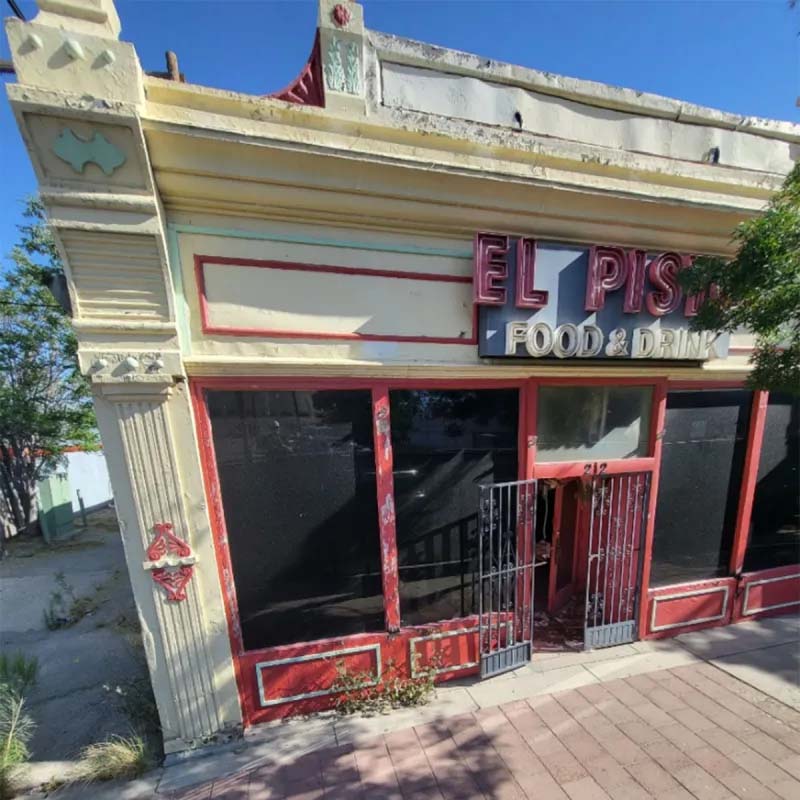
The former El Pisto Food and Drink once housed a Chinese laundry after it was built in 1901.
Ramon Bracamontes / El Paso Matters
The city also issued a new request for qualifications in January for a feasibility study “as part of the reimagining of the Multi-Purpose Cultural and Performing Arts Center from a one-use facility into a site development with various programs.”
In April, the city hired the Gensler firm for the $800,000 feasibility study to determine the costs for the project, what type of venue should be built and whether it could incorporate existing neighborhood buildings.
The study received pushback about the public engagement efforts when the firm organized private focus-group meetings.
The committee was made up of various community groups, including Creative Kids, Rio Bravo Group, Underserved Communities Foundation, El Paso Downtown Management District and the El Paso Hispanic Chamber of Commerce.
“Where were the average people, the people that don’t have telephones, the people that don’t have computer access?” said Sharon Miles-Bonart, who spoke during public comment. “Where were they in this research – two hybrid meetings. Two hybrid meetings for this much money doesn’t wash, it just doesn’t wash.”
Aside from the private meetings with the steering committee, the city held two hybrid meetings including one at the El Paso Museum of Art after being abruptly relocated and conducted an online survey as part of its “robust” public engagement.
Sito Negron, Sunset Heights resident and participant of the steering committee, said the focus groups were flawed when he spoke during public comment Tuesday.
“I appreciate some of the language that’s been used from their report,” he said. “They talk about scale and flow for example, beautiful sounding concepts but this was not truly an open examination of alternatives.”
Negron said participants were confined to discuss the project at its current location despite participants repeatedly asking to look at other sites as options for the project.
“(We were) not allowed to look outside of the box as it were (and) any other options were abandoned,” he said. “There’s a lot of sleight of hand going on here.”
It was not immediately clear when city staff will return to the City Council with recommendations on the proposed change to the project based on Tuesday’s vote.





